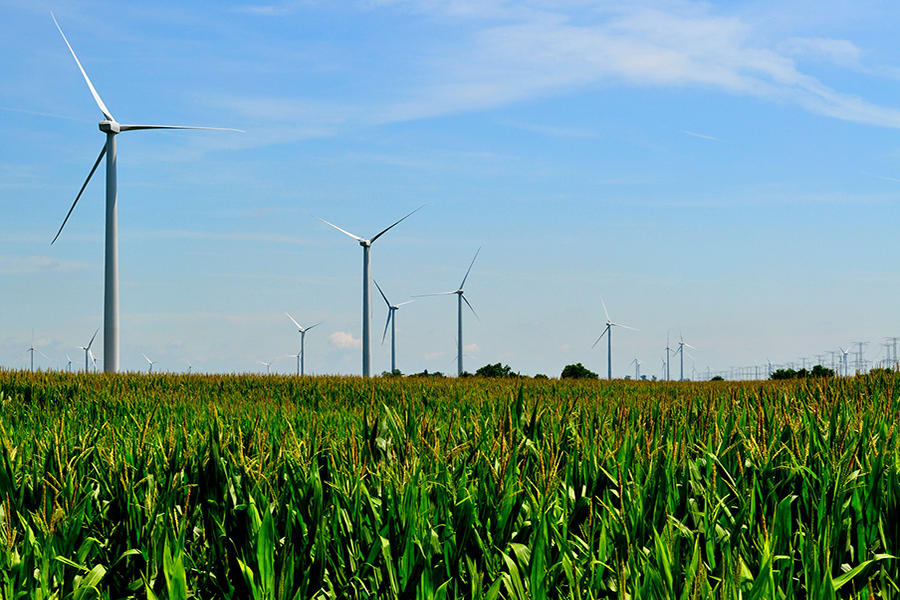
Last year was the planet’s warmest on record, according to an analysis by scientists from NOAA’s National Centers for Environmental Information. As climate change continues to raise the global average surface temperature, and demand for electricity along with it, are power grids across America up to the task?
A new study by researchers at the MIT Joint Program on the Science and Policy of Global Change examines the potential impact of climate change on the resilience of the power system in the central U.S., comprised of states that encompass the Mississippi River Basin. In this region, thermal power generation systems (coal, gas and nuclear) are the primary sources of electricity (68 percent in 2020), with renewables (wind, solar and hydropower) gaining ground as clean energy policies proliferate. Climate impacts on thermal and renewable electricity supply, demand and infrastructure—from raised temperatures to altered wind patterns to extreme events—threaten grid performance and resilience.
So what can power-sector investors and planners do to reduce the year-round risks that climate change poses to electric power infrastructure?
To begin to address that question, the MIT Joint Program researchers evaluate how projected future climate change would impact annual power production and demand in the central U.S. under a range of scenarios of how the power sector might evolve through midcentury. For each scenario, subregion, and power-system component, they determine a “potential supply gap” due to these climate-driven effects. The potential supply gap measures the combination of climate-driven supply losses and demand increases as a percentage of the electricity generation projected in the absence of climate considerations. This analysis employs a multi-sector dynamics perspective, considering interconnected, co-evolving interactions among human and natural systems at varying geographic scales, under a range of possible evolutions of the electricity sector, and multiple climate stressors.
The researchers find that potential annual supply gaps range from 5 percent in one subregion under mild changes in climate, to 21 percent in another subregion under more severe climate change (and larger climate impacts on energy demand and thermal power generation). Their results appear in the journal Mitigation and Adaptation Strategies for Global Change.
“Our study shows that the size of a potential supply gap depends more on increases in electricity demand than stresses on power generation, with higher resilience when the share of renewable power is greater,” says MIT Joint Program Research Scientist Angelo Gurgel, the study’s lead author. “Our results provide decision-makers with a first step toward incorporating climate risk in power grid design and management.”
By estimating compounding effects of climate change on the electricity system, the potential supply gap metric can alert decision-makers to potential challenges from changing climate and how different power sector evolutions vary in terms of vulnerability.
This preliminary investigation only quantifies annual supply gaps. Further work is needed to quantify the effects of shorter-term extreme events, particularly extreme heat in summer months during which high electricity demand combined with compounding supply shocks in several power generation technologies can potentially cause a “perfect storm” leading to power system failures.
Photo: Illinois Wind Farm (Source: Flickr/Tom Shockey)

